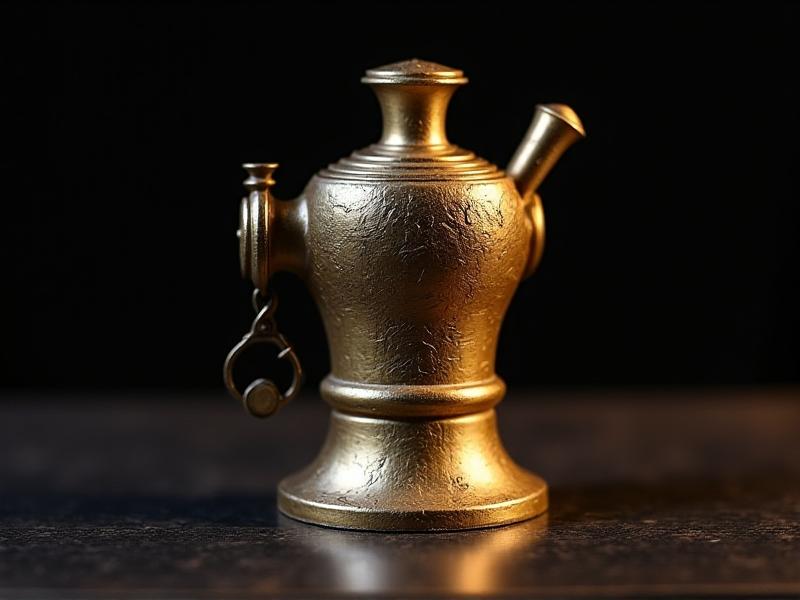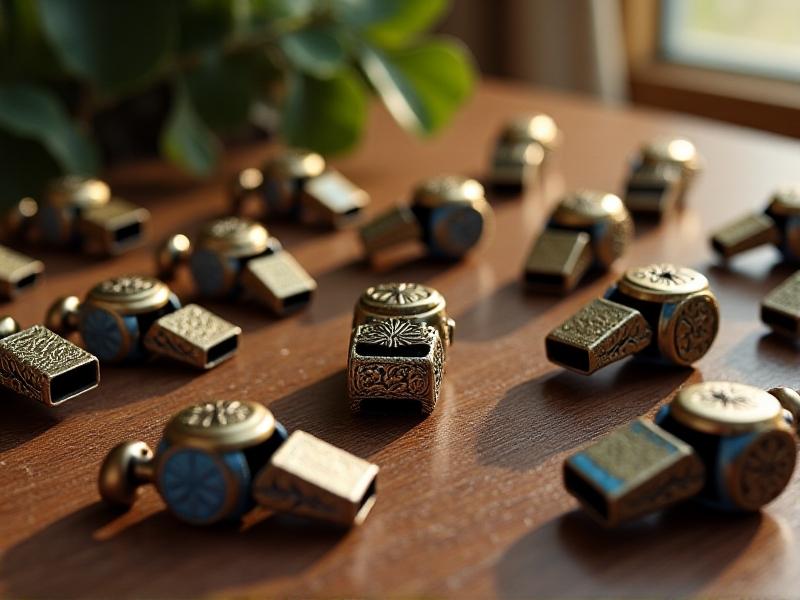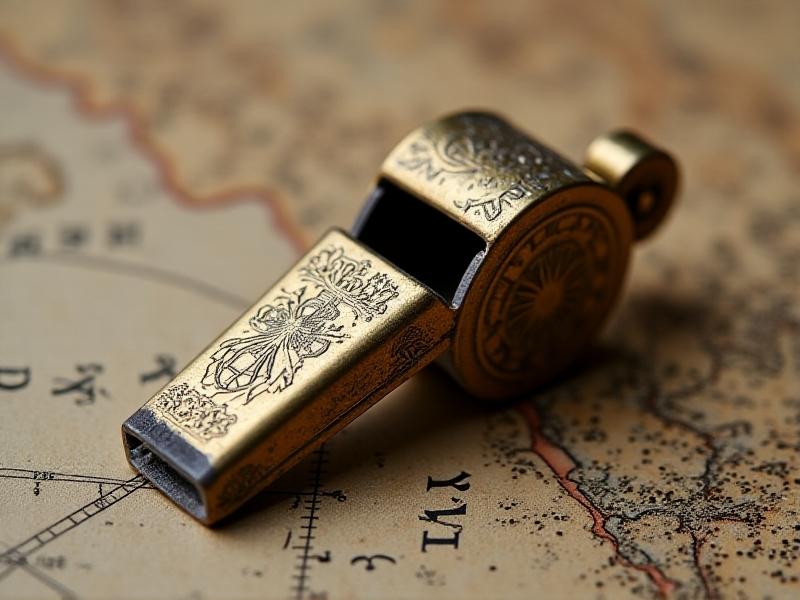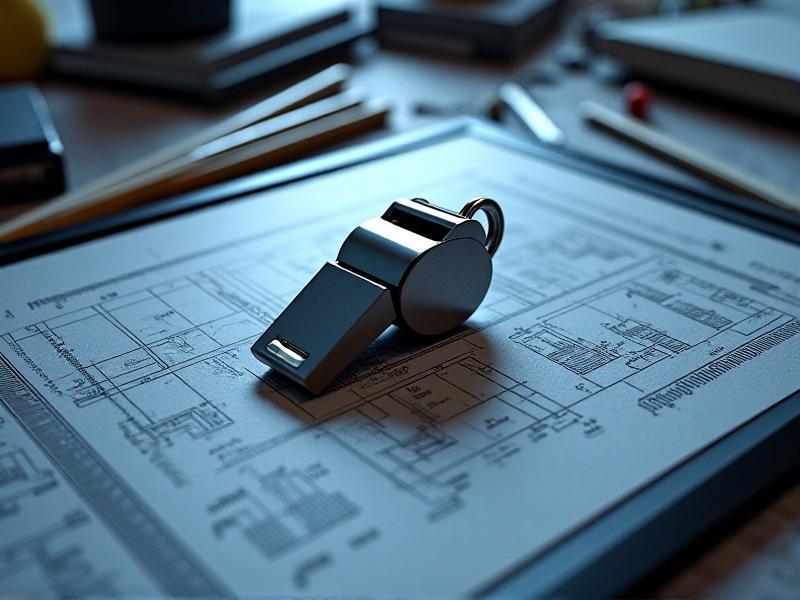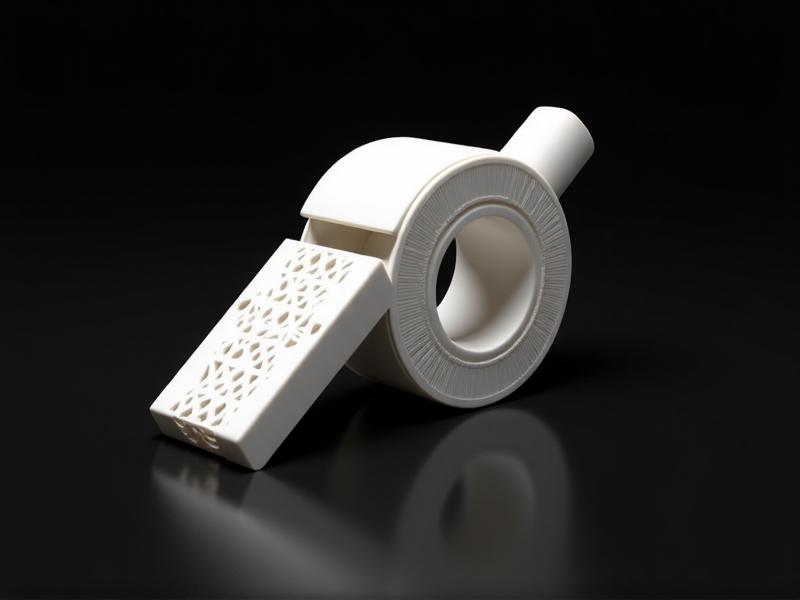Cross-Disciplinary Approaches to Whistle Sound Optimization
The Science Behind Whistle Sound: Physics and Acoustics
Whistles are ubiquitous tools used in sports, safety, and communication, but the science behind their sound is often overlooked. At its core, a whistle produces sound through the vibration of air molecules, a process governed by the principles of physics and acoustics. When air is forced through the whistle's mouthpiece, it encounters a sharp edge or slit, causing turbulence. This turbulence creates pressure waves that propagate through the air, producing the characteristic high-pitched sound.
The frequency and amplitude of these waves determine the pitch and loudness of the whistle. Factors such as the shape of the whistle's chamber, the size of the air holes, and the material used in construction all influence the sound produced. For instance, a larger chamber can amplify lower frequencies, while a smaller chamber emphasizes higher pitches. Understanding these principles is essential for optimizing whistle design, as even minor adjustments can significantly alter the sound output.
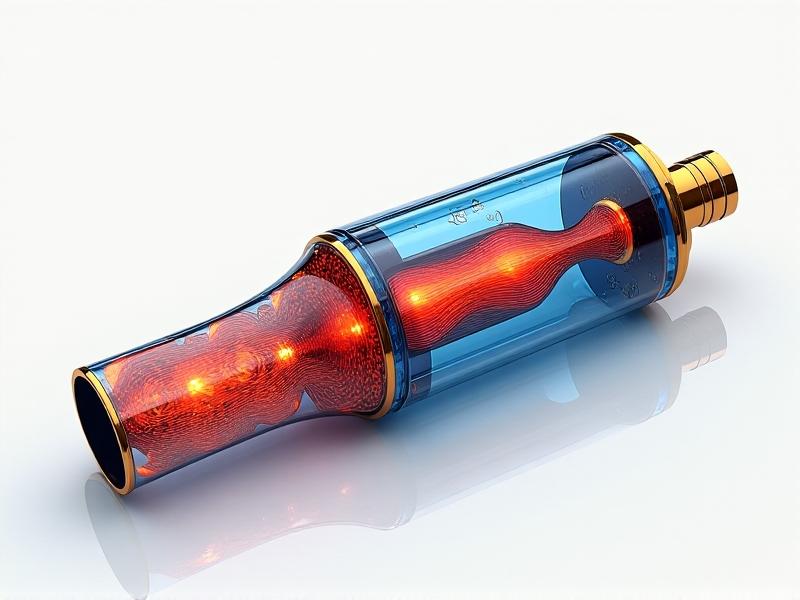
Researchers and engineers often use computational fluid dynamics (CFD) and acoustic modeling to simulate and analyze whistle performance. These tools allow for precise adjustments to design parameters, ensuring that the whistle meets specific requirements for clarity, range, and durability. By combining theoretical knowledge with practical experimentation, cross-disciplinary teams can create whistles that are not only functional but also optimized for their intended use.
Materials Matter: Engineering the Perfect Whistle
The choice of materials plays a crucial role in whistle sound optimization. Traditional whistles are often made from metals like brass or stainless steel, which offer durability and consistent acoustic properties. However, modern designs incorporate a variety of materials, including plastics, composites, and even ceramics, each with unique advantages. For example, plastic whistles are lightweight and cost-effective, making them ideal for mass production, while ceramic whistles can produce exceptionally clear tones due to their rigidity.
Material selection also impacts the whistle's resonance and damping characteristics. Metals tend to produce bright, piercing sounds, whereas softer materials like rubber or silicone can dampen high frequencies, resulting in a mellower tone. Engineers must balance these acoustic properties with practical considerations such as manufacturing feasibility, environmental resistance, and user comfort. For instance, a whistle designed for marine environments must withstand corrosion, while one intended for sports should be ergonomic and easy to grip.
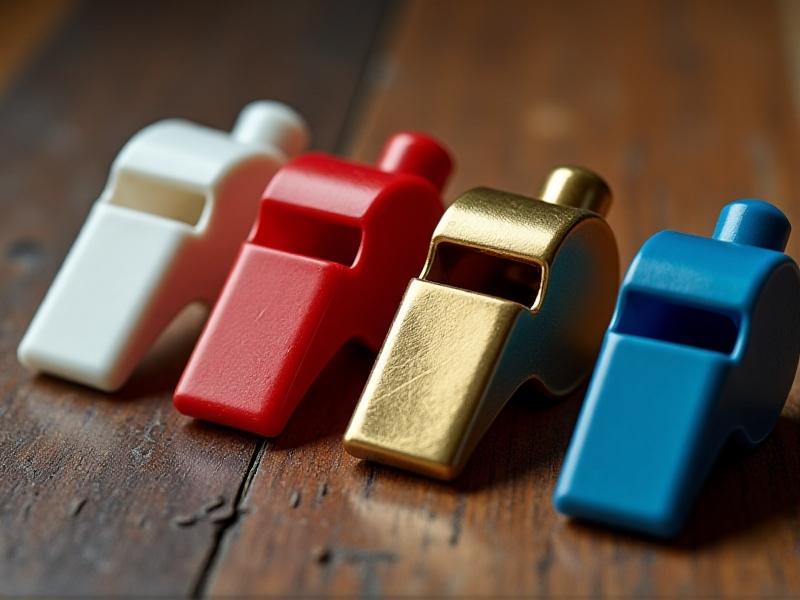
Cross-disciplinary collaboration between material scientists, acousticians, and industrial designers is essential for optimizing whistle performance. By leveraging advancements in material science, such as the development of high-performance polymers or eco-friendly composites, teams can create whistles that meet both functional and sustainability goals. This approach not only enhances the user experience but also aligns with broader trends in responsible manufacturing and design.
Human Factors: Ergonomics and User Experience
While the technical aspects of whistle design are critical, the human element cannot be ignored. Ergonomics and user experience play a significant role in determining the effectiveness of a whistle. A well-designed whistle should be comfortable to hold, easy to blow, and intuitive to use, regardless of the user's age or physical ability. This requires careful consideration of factors such as size, weight, shape, and grip texture.
For example, a whistle intended for referees must be lightweight and compact, allowing for quick access during fast-paced games. Conversely, a safety whistle for outdoor enthusiasts might prioritize durability and ease of use in extreme conditions, such as cold or wet environments. Designers often conduct user testing to gather feedback on these aspects, iterating on the design to ensure it meets the needs of its target audience.

Accessibility is another important consideration. Whistles designed for individuals with limited dexterity or respiratory issues may require specialized features, such as larger mouthpieces or softer blowing resistance. By incorporating insights from fields like occupational therapy and inclusive design, engineers can create products that are usable by a wider range of people. This not only enhances the whistle's functionality but also promotes inclusivity and equity in its application.
Applications Across Disciplines: From Sports to Safety
Whistles are used in a wide range of fields, each with unique requirements for sound optimization. In sports, for instance, whistles must produce a loud, clear sound that can cut through ambient noise and be heard over long distances. Referees rely on these signals to communicate with players and officials, making reliability and consistency essential. Similarly, in safety and emergency situations, whistles serve as vital tools for signaling distress or coordinating rescue efforts.
In the military and law enforcement, whistles are often used for tactical communication, requiring designs that minimize sound distortion and maximize range. These applications demand rigorous testing under various environmental conditions, such as high winds or heavy rain, to ensure the whistle performs reliably when it matters most. On the other hand, whistles used in educational settings, such as music classes or training programs, may prioritize versatility and ease of use over sheer volume.
Cross-disciplinary approaches enable designers to tailor whistles to specific applications, drawing on expertise from fields like sports science, emergency management, and acoustics. By understanding the unique challenges and requirements of each discipline, teams can develop whistles that are not only effective but also optimized for their intended use. This versatility underscores the importance of collaboration and innovation in whistle design.
Innovations in Whistle Technology: Beyond the Basics
As technology advances, so too does the potential for innovation in whistle design. Modern whistles are no longer limited to simple mechanical designs; they now incorporate electronic components, smart features, and even connectivity options. For example, some whistles are equipped with built-in microphones and amplifiers, allowing them to produce louder sounds with less effort. Others feature LED lights or GPS tracking, enhancing their functionality in low-visibility or emergency situations.
Another emerging trend is the integration of digital interfaces and apps, enabling users to customize sound profiles or monitor usage data. These innovations open up new possibilities for applications in fields like fitness, where a smart whistle could track performance metrics or provide real-time feedback. Additionally, advancements in 3D printing and rapid prototyping have made it easier for designers to experiment with novel shapes and configurations, pushing the boundaries of traditional whistle design.
These technological advancements are not without challenges, however. Designers must balance the added complexity of smart features with the need for reliability and ease of use. Cross-disciplinary collaboration is essential in this regard, as it brings together expertise from fields like electronics, software engineering, and industrial design. By embracing these innovations, the whistle industry can continue to evolve, offering products that meet the changing needs of users in an increasingly connected world.
Sustainability in Whistle Design: A Greener Future
As environmental concerns grow, sustainability has become a key consideration in whistle design. Traditional manufacturing processes often involve the use of non-renewable materials and energy-intensive methods, contributing to environmental degradation. To address this, designers are exploring alternative materials and production techniques that minimize the ecological footprint of whistles.
One approach is the use of biodegradable or recycled materials, such as plant-based plastics or reclaimed metals. These materials not only reduce waste but also align with consumer demand for eco-friendly products. Additionally, manufacturers are adopting energy-efficient production methods, such as solar-powered facilities or water-based coatings, to further reduce their environmental impact. These efforts are supported by advancements in material science and green technology, enabling the creation of whistles that are both high-performing and sustainable.
Cross-disciplinary collaboration is crucial in this endeavor, as it requires input from environmental scientists, material engineers, and sustainability experts. By working together, these professionals can develop innovative solutions that address the challenges of sustainable whistle design. This not only benefits the environment but also enhances the brand reputation of manufacturers, appealing to a growing segment of eco-conscious consumers. As the industry moves toward a greener future, sustainability will remain a driving force in whistle innovation.


